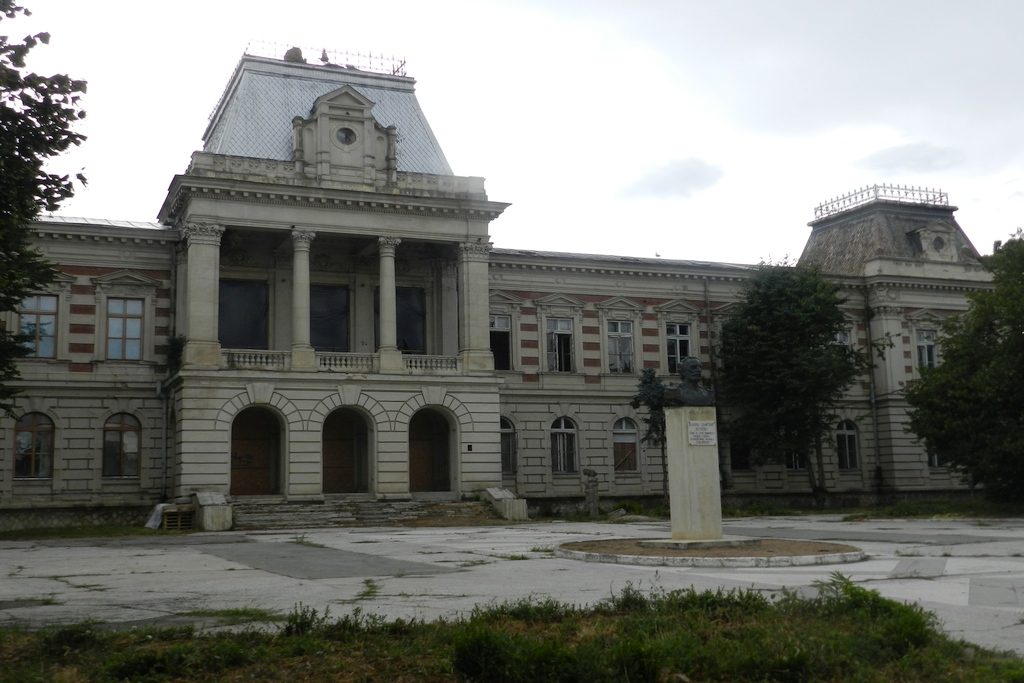

The construction project was drawn up by the engineer Socolescu, and the tender for the palace building, which includes the prefect’s home (the current Fordoc Institute), was won by the Italian entrepreneur Giussepe Ciconi, who became a marriage chauffeur. Construction works were supervised by architect Al. Savulescu, the horseman and him. We can say, therefore, that the imposing construction is in its integrity conception and construction of the carriages. The price paid for the Palace that we see today was 488,825 lei, which is the sum of the prefect’s house.
The fundamental stone of the imposing construction (not to forget that the town had about 11,000 inhabitants at that time) was put on 11 June 1895 in the presence of M. Deşliu, secretary general of the Ministry of the Interior. The festivities were attended by all the county and city officials, as well as a large crowd of the city and neighboring localities.
The reception of the paper was made on January 21, 1898, by a commission made up of: C.M. Mironescu, engineer, general inspector in the Technical Council attached to the Ministry of Public Works; Atanase Stoianescu, prefect of the county; M. Gheţu, president of the County Council and M. Wegener, county engineer.
We have to mention that in 1897, due to lack of money, the works at
The palace was interrupted, the team of builders, led by the entrepreneur Giussepe Ciconi, building the fire brigade and the school no. 2 girls (today Ţopescu School). With the money taken from the mayor’s office the works at the Administrative Palace were continued.
The building, built in neoclassic style, with concrete foundations, 42-50 cm thick pressed brick walls, molded slate with profiled stone with profiled structure, consisting of partial basement, ground and floor, elevated bridge, wooden floors and gravel And galvanized sheet metal cover, had at the reception 58 rooms and an area of 2517.63 square meters
